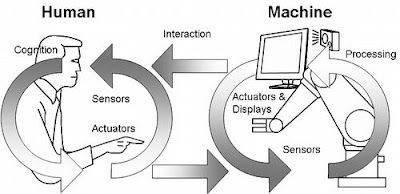Unveiling the Non-Full Metaverse: Facebook and Microsoft Leading the Way
Introduction:
The concept of the metaverse has captured the imagination of people around the world. It promises a virtual reality realm where users can interact, explore, and create an entirely new digital universe. While the idea of a full metaverse, an all-encompassing virtual world, may seem futuristic, tech giants Facebook and Microsoft are poised to take a different approach. In this article, we delve into why Facebook and Microsoft are likely to create a non-full metaverse and the potential benefits it offers.
Defining the Non-Full Metaverse:
Before exploring Facebook and Microsoft's approach, it's crucial to understand what a non-full metaverse entails. Unlike the full metaverse, which aims to replicate the entire physical reality in a virtual space, a non-full metaverse focuses on specific aspects of virtual reality and immersive experiences. It seeks to enhance certain domains, such as social interactions, productivity, education, or entertainment, without attempting to replicate the entire world.
The Power of Specialization:
Facebook and Microsoft have recognized the value of specialization in creating a non-full metaverse. Both companies possess a wealth of expertise and resources in various domains. By focusing on their respective strengths, they can create immersive experiences tailored to specific needs, leading to enhanced user engagement and satisfaction. Facebook's social networking prowess and Microsoft's productivity tools present a solid foundation for crafting distinct metaverse experiences.
Targeting Different User Segments:
Another reason for Facebook and Microsoft's pursuit of a non-full metaverse is the recognition that different user segments have distinct preferences and requirements. A full metaverse might be overwhelming for certain demographics, such as older adults or professionals seeking specific virtual environments for work. By creating targeted metaverse experiences, these tech giants can cater to diverse user groups, ensuring that the metaverse is accessible and engaging for all.
Maximizing Accessibility:
Creating a non-full metaverse allows Facebook and Microsoft to address accessibility concerns more effectively. A full metaverse would require extensive hardware capabilities, limiting access for those with limited resources. However, a non-full metaverse can leverage existing platforms and technologies, making it accessible through various devices and internet connections. This approach ensures that a broader population can partake in the metaverse experience, fostering inclusivity and diversity.
Building Ecosystems and Partnerships:
Facebook and Microsoft's approach to the metaverse involves building ecosystems and partnerships with other organizations. By collaborating with content creators, developers, and businesses, these tech giants can curate a vibrant and diverse metaverse experience. This collaborative effort promotes innovation, allowing for the integration of existing services and products into the metaverse, further enriching the user experience.
Fostering Innovation and Customization:
Creating a non-full metaverse enables Facebook and Microsoft to encourage innovation and customization within specific domains. Users can expect tailored experiences designed to meet their unique preferences and requirements. Whether it's virtual office spaces, interactive educational platforms, or immersive gaming environments, a non-full metaverse allows for focused development and refinement, fostering continuous improvement and a user-centric approach.
Conclusion:
While the concept of a full metaverse captures our imaginations, Facebook and Microsoft's pursuit of a non-full metaverse is a pragmatic and inclusive approach. By specializing in specific domains, targeting diverse user segments, maximizing accessibility, building ecosystems, and fostering innovation, these tech giants are poised to create engaging and tailored metaverse experiences. As we step into the era of virtual reality, the non-full metaverse paves the way for a future where technology seamlessly integrates into our lives, enhancing productivity, connectivity, and creativity.





